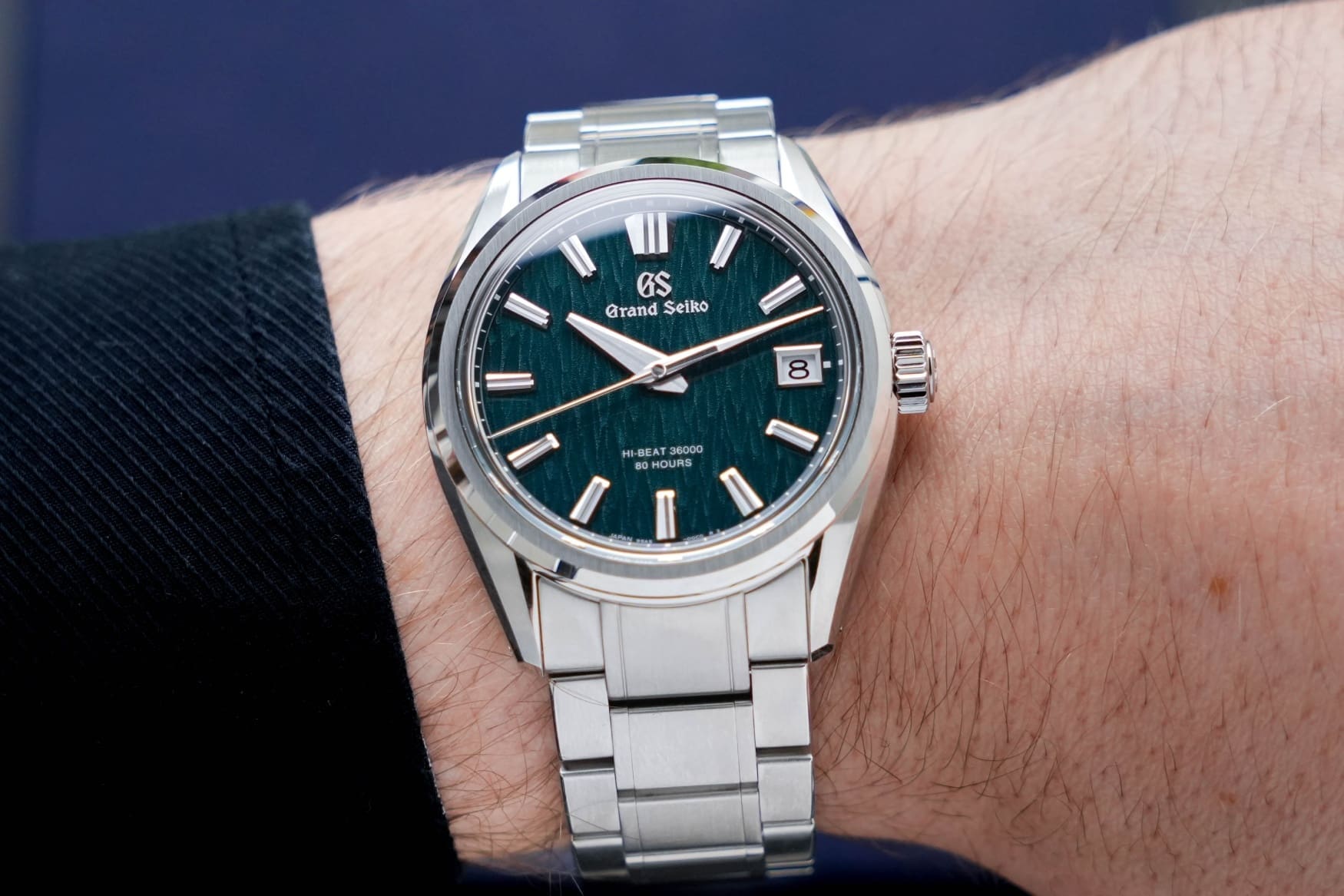Has watch size awareness restricted brand creativity?
Buffy AcaciaFashion is cyclical, this we all know. In the 100 years or so since wristwatches became the mainstream timepiece of choice, case sizes have fluctuated pretty steadily. There were the dainty Art Deco watches of the ‘20s and ‘30s, followed by larger but still refined watches post-WWII. Dive watches were the rage of the ‘50s and ‘60s, before quartz-powered digital watches took over towards the end of the century. As the mechanical watch revival beckoned, it wasn’t unusual to find huge 46mm chronographs and 42mm dress watches alongside the collectible vintage pieces which grew in value, if not size. My question is, with case sizes heading back down in size, is there still room for total creativity?

To be clear, I’m definitely on board for watches getting smaller. I still consider 34mm to be a “jumbo” on my wrist, and I have no qualms with wearing something absolutely miniscule. But, having reviewed new watch releases for the past four years, I can’t help but notice an emerging pattern. Almost every release, unless it’s housing some incredibly specific complications, seems to be adhering to the same set of proportions. It’s almost as if there’s a set ratio of diameter:lug-to-lug which gets passed around the manufacturers, with a small allowance for variation. While I’m sure that’s not true, I suspect I know the reason that it may seem so.

We’re living in a digital age, not only where information can be spread rapidly across the globe, but also people’s opinions. What may be classed as educational can easily be subjective, and that’s something which happens a lot in the realms of watches and fashion. Trends can be presented as eternal truths, and people can overlook facts in an effort to feel correct. When it comes to watch sizing, there’s a tonne of information out there. Platforms like Instagram, Reddit and Facebook have become flooded with wrist shots of watches, allowing absolutely anyone to scrutinise every millimetre of metal on your watch and skin on your wrist. It is definitely important to understand your wrist geometry for the best fit possible, however it’s probably not important if the watch you’re considering has a millimetre longer lug-to-lug than you think you can handle.

Now, it seems like anything with a diameter larger than 42mm or a lug-to-lug length of 49mm is going to get slammed by many enthusiasts for being too big. At the same time, anything less than 36mm will largely be considered a “women’s watch”, and the brands have taken note. Of course they’re not beholden to the watch community, considering that the vast majority of their sales are to people who don’t think so deeply about this sort of thing, but they take it into account. It’s evident through the releases, most not daring to venture out of the 38mm-41mm and 45mm-48mm diameter and lug-to-lug bubble. They’re dimensions which I see over and over again, and I think that it’s become a limitation.

I don’t mean to overdramatise, but when the “rules” of watch design become so specific and strict as to dictate measurements down to a millimetre, that speaks to an atmosphere of fear. Companies obviously don’t want to release a watch which is going to be hated, unless they’re one of those super-luxury brands who don’t need to be universally loved. If they’re too afraid to release something outside of the size bubble, then they’re probably afraid to take other kinds of design risks. As with all artistic evolutions, taking a risk is what it’s all about. Think about all of those 50mm Invicta watches we love to make fun of. They make them because people buy them. Can you imagine how creative a microbrand like Zelos could be with that much metal to play around with? How about going the other way? A Rolex 1908 would look so incredibly suave at 32mm.

While it’s easily noticeable among new releases, not every brand is adhering to this new sizing standard. TAG Heuer recently came out with a range of solar-powered divers in a 34mm size, and there are some references which retain a lot of their masculinity. It’s even possible that I’m conflating a general lack of creativity among brands today with the coincidence of similar case sizes, but considering how much experimentation is happening with watch dials at the moment, I have to believe there’s a link. Hopefully someone will come out with something fresh and daring that forces watch enthusiasts out of their comfort zones, but it’s difficult to break out of habits this widely spread.





